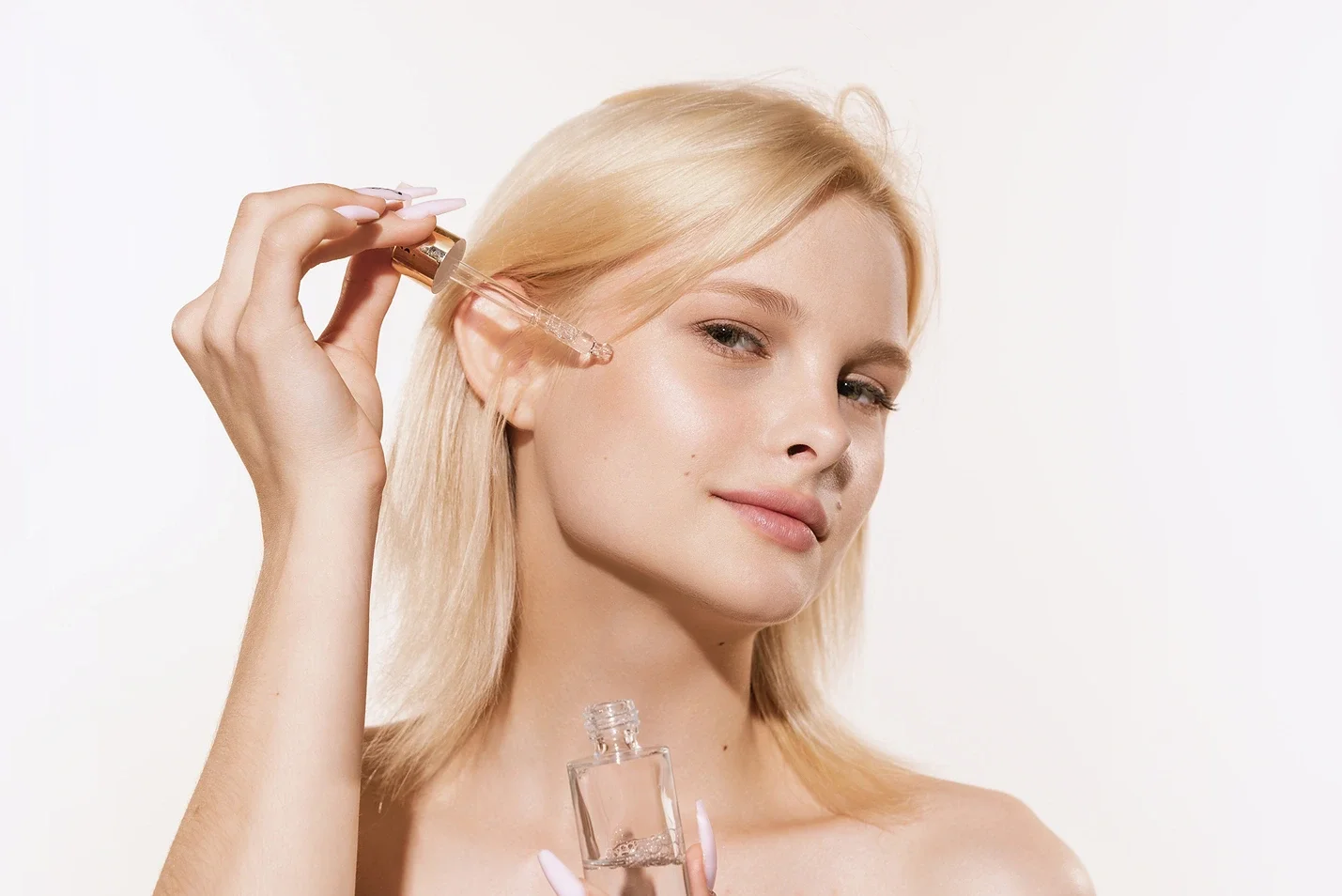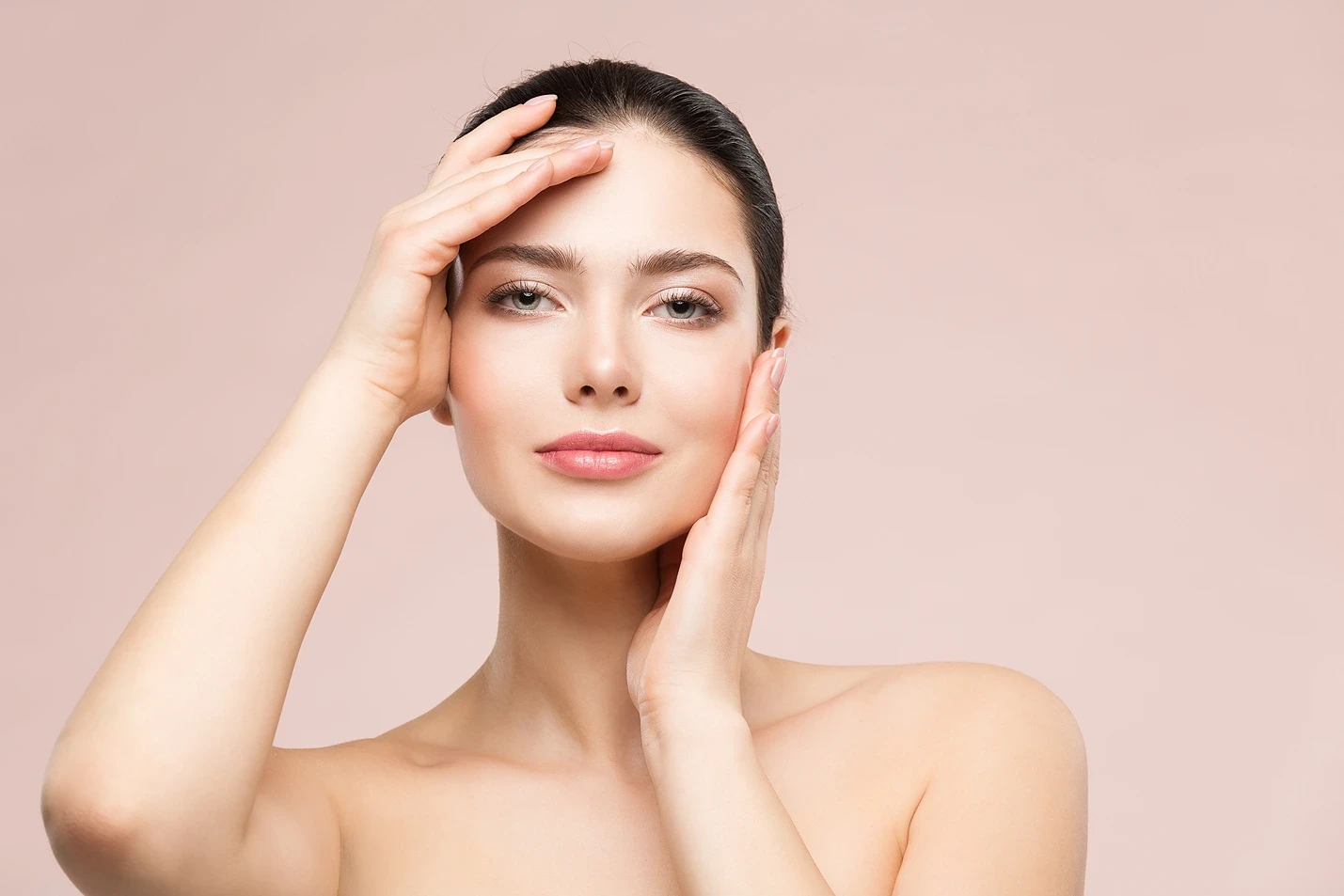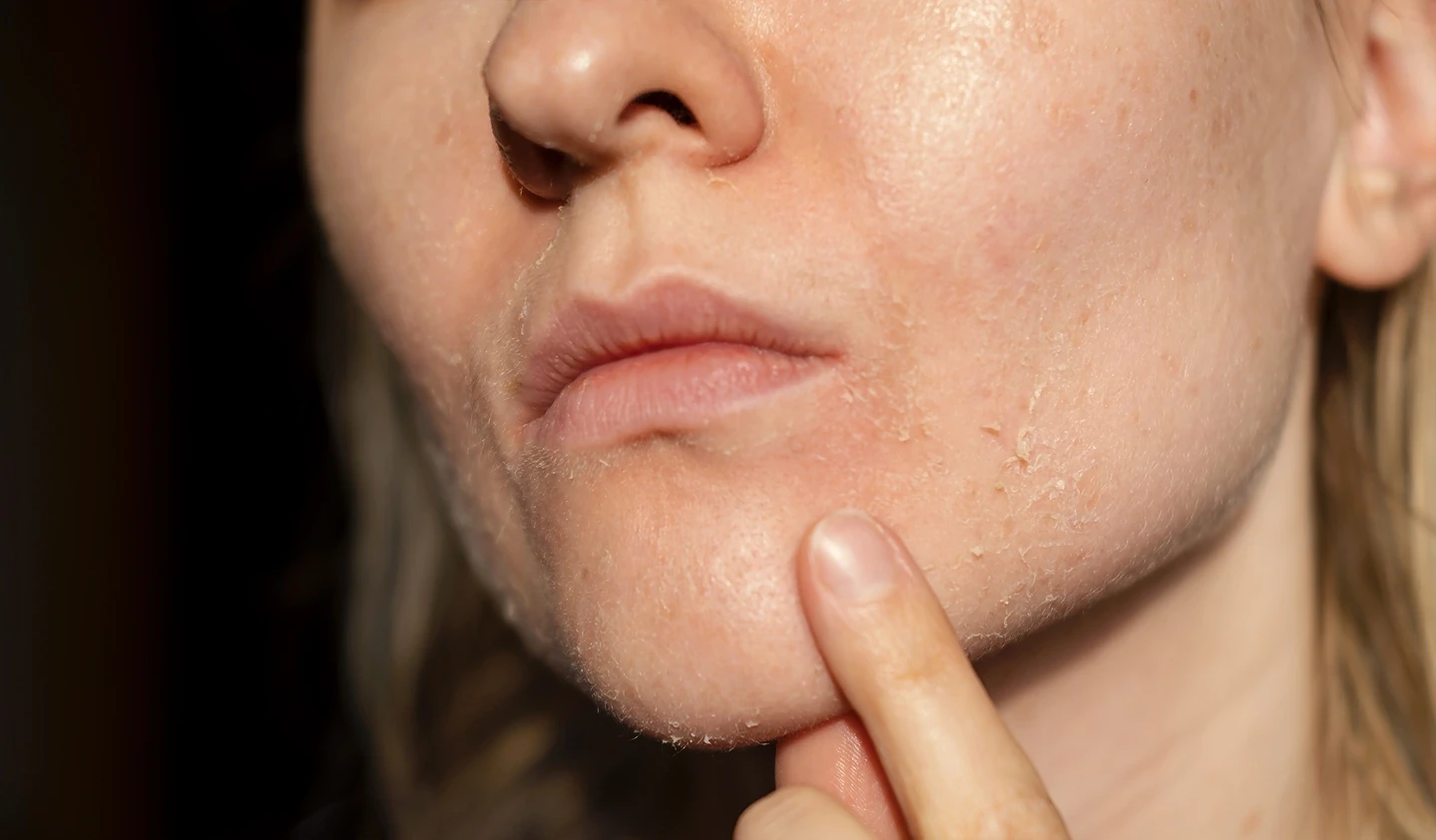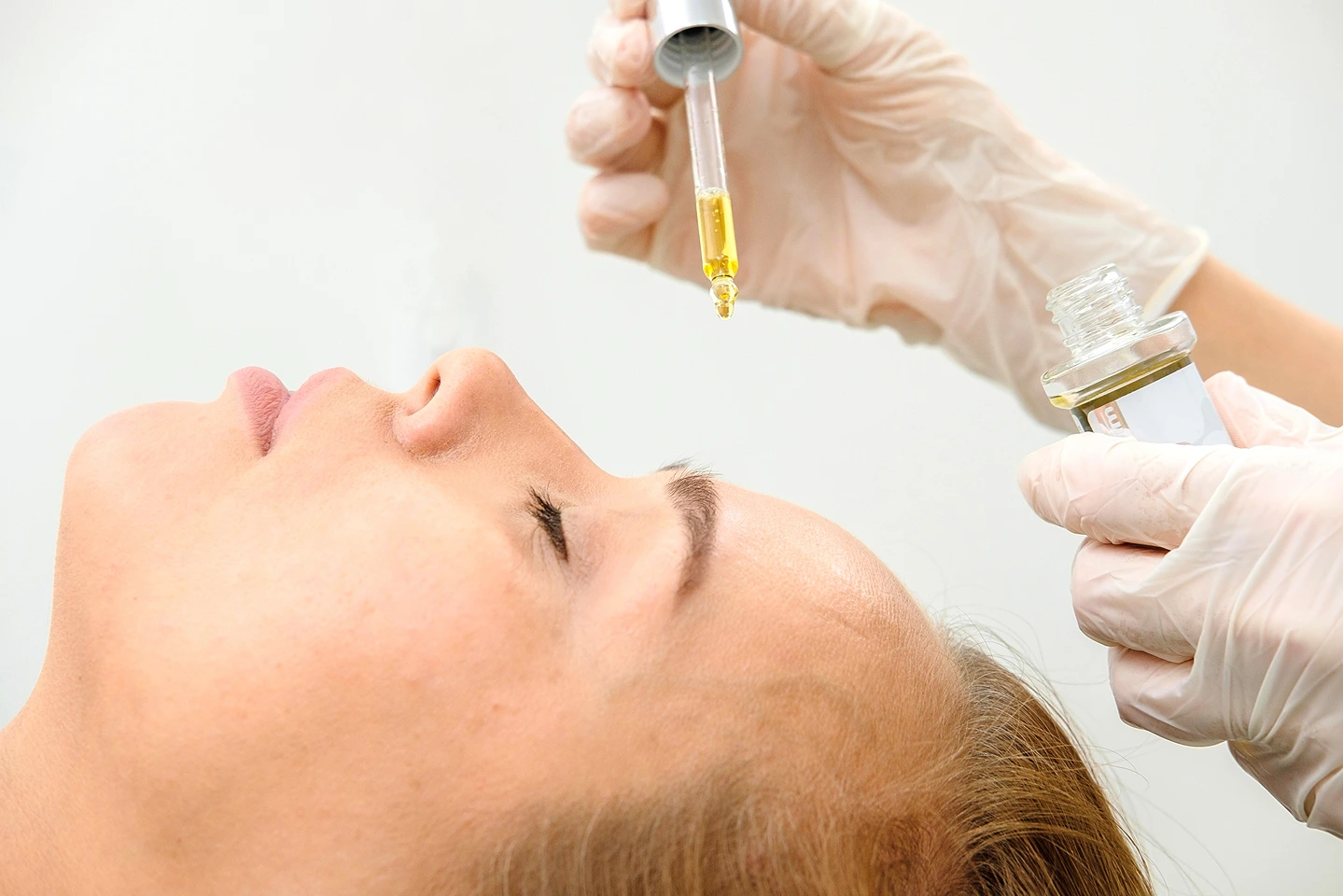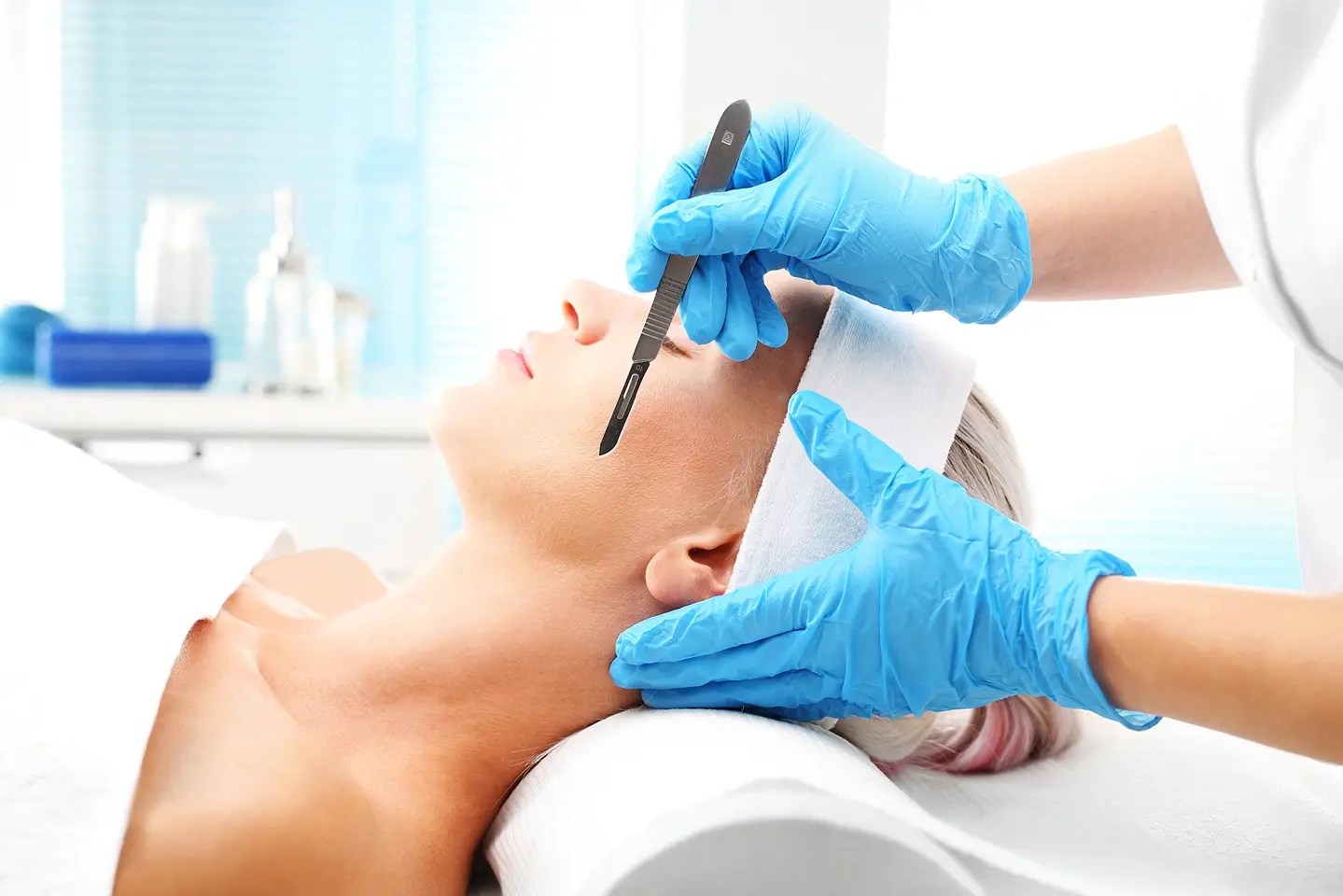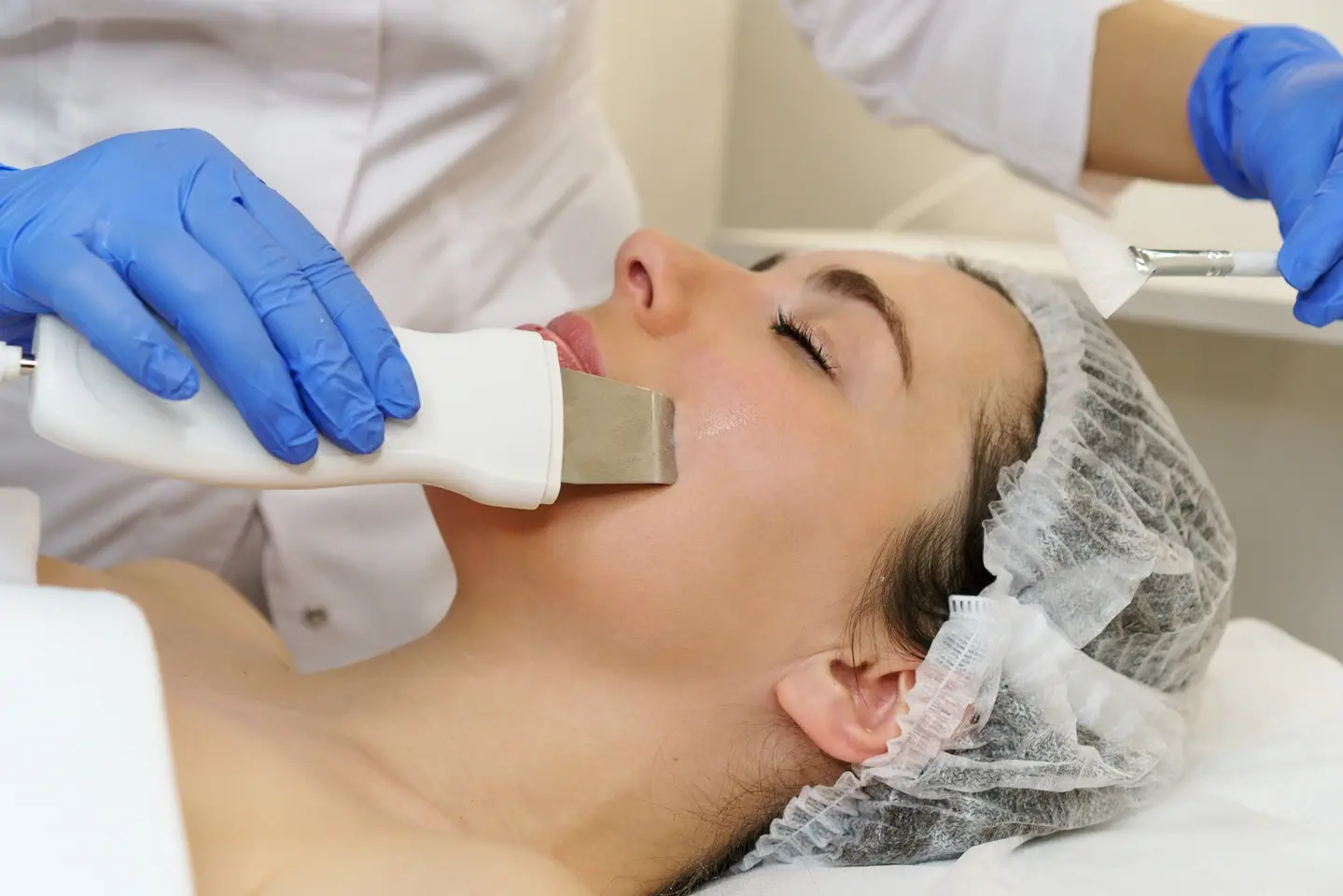Benefits, Risks, and Alternatives
Have you ever wondered how to achieve that coveted smooth, radiant complexion? Dermaplaning, a popular exfoliating treatment, might be the answer. This technique, which involves gently removing dead skin cells and vellus hair (peach fuzz) with a surgical scalpel, has been used for decades.
But what happens when you combine this treatment with retinol, a powerful anti-aging ingredient? This article delves into the effects of using retinol after dermaplaning, exploring the benefits, risks, and alternative skincare options.
What is Dermaplaning?
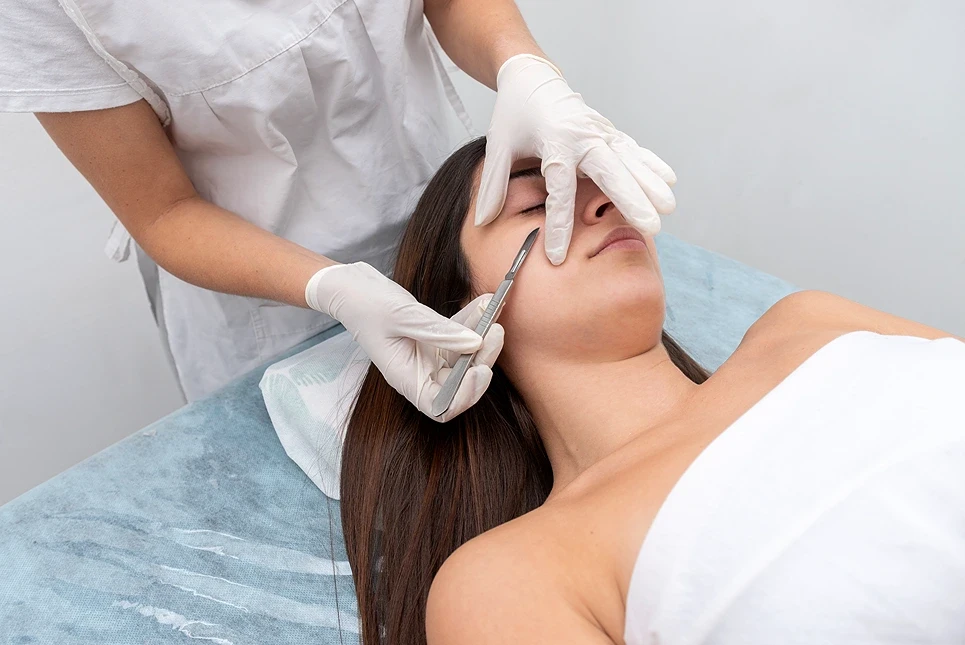
Dermaplaning is a physical exfoliation method that involves using a sterile surgical scalpel to gently scrape away dead skin cells and vellus hair from the face. This treatment reveals smoother, brighter skin and allows for better penetration of skincare products. The results of dermaplaning typically last for about three weeks.
It’s important to note that dermaplaning is not suitable for everyone. Individuals with inflammatory skin conditions like acne, rosacea, psoriasis, eczema, or sunburn should avoid this treatment. Those who have taken isotretinoin, a medication for severe acne, should wait six months after stopping the medication before undergoing dermaplaning.
What is Retinol and How Does it Work?
Retinol is a derivative of vitamin A and a popular ingredient in skincare products due to its anti-aging properties. It works by increasing cell turnover, which encourages the skin to shed dead cells and produce new ones, leading to a smoother and more even complexion. Retinol also stimulates collagen production, a protein that provides structure and elasticity to the skin, helping to reduce the appearance of wrinkles and fine lines.
Effects of Using Retinol After Dermaplaning
Dermaplaning removes the outermost layer of dead skin cells, leaving the skin temporarily more sensitive. While this can enhance the absorption of skincare products, it also means that applying retinol immediately after dermaplaning can lead to irritation.
Potential Benefits
Combining dermaplaning with retinol can offer several potential benefits:
- Increased Retinol Effectiveness: By removing the barrier of dead skin cells, dermaplaning allows retinol to penetrate deeper into the skin, potentially leading to faster and more noticeable results.
- Enhanced Anti-aging Effects: Retinol’s ability to reduce wrinkles, fine lines, and age spots may be amplified after dermaplaning, as the skin is more receptive to the ingredient.
- Improved Skin Tone and Texture: With enhanced penetration, retinol can work more effectively to even out skin tone and improve texture by promoting cell turnover and collagen production.
Potential Risks
Despite the potential benefits, it’s crucial to be aware of the risks associated with using retinol after dermaplaning:
- Skin Irritation: Applying retinol to freshly exfoliated skin can cause irritation, leading to redness, dryness, burning, and flaking. This is because both dermaplaning and retinol exfoliate the skin, and combining them can disrupt the skin’s protective barrier.
- Increased Sensitivity: Dermaplaning can make the skin more sensitive to the sun and other environmental factors. Using retinol after dermaplaning can further increase this sensitivity, making the skin more prone to sunburn and damage.
- Breakouts: Although retinol is often used to treat acne, applying it after dermaplaning can sometimes trigger breakouts in some individuals.
To minimize these risks, it’s essential to prepare your skin properly before dermaplaning. This includes discontinuing the use of retinol and other exfoliating products 5–7 days before the treatment.
| Benefit | Risk |
|---|---|
| Increased retinol effectiveness | Skin irritation |
| Enhanced anti-aging effects | Increased sensitivity |
| Improved skin tone and texture | Breakouts |
Dermatologist and Skincare Expert Opinions

Dermatologists and skincare experts generally advise waiting at least 4–48 hours after dermaplaning before using retinol. Some recommend waiting up to a week, especially for those with sensitive skin or using prescription-strength retinol. It’s also important to avoid facials for at least two weeks after dermaplaning.
However, it’s important to remember that there is no universal guideline for using retinol after dermaplaning. Many factors, including skin type, retinol concentration, and individual sensitivity, can influence how the skin reacts. If you have sensitive skin, it’s recommended to avoid retinol for 7 days before and after dermaplaning. Always consult with a dermatologist or skincare professional for personalized advice.
Alternative Skincare Products to Use After Dermaplaning
If you’re concerned about the potential risks of using retinol after dermaplaning, consider these alternative skincare products to soothe and hydrate your skin:
- Gentle Cleansers: Opt for a gentle, non-foaming cleanser to avoid stripping the skin of its natural oils.
- Hydrating Serums and Moisturizers: Look for products containing hyaluronic acid, glycerin, aloe vera, or other hydrating ingredients to replenish moisture and support the skin’s barrier.
- Sunscreen: Always wear sunscreen with an SPF of 30 or higher to protect your skin from sun damage, especially after dermaplaning, as the skin is more susceptible to sunburn.
- Bakuchiol: This natural alternative to retinol offers similar anti-aging benefits without the risk of irritation.
In the week following your dermaplaning appointment, avoid at-home exfoliating treatments, harsh toners, retinols, and acids to prevent irritation.
General Dermaplaning Aftercare
In addition to choosing the right skincare products, proper aftercare is essential for optimal results and to minimize potential side effects after dermaplaning. Here are some key tips:
- Avoid Touching Your Face: Touching your face can introduce bacteria and irritate the skin, so it’s best to avoid touching it as much as possible after dermaplaning.
- Sun Protection: Always wear sunscreen and limit sun exposure, especially in the days following dermaplaning, as the skin is more sensitive to UV rays.
- Avoid Heat and Harsh Environments: For at least 48 hours after dermaplaning, avoid saunas, steam rooms, and hot showers, as these can irritate the freshly exfoliated skin. Also, avoid swimming in chlorinated water.
Supporting Skin Health After Dermaplaning
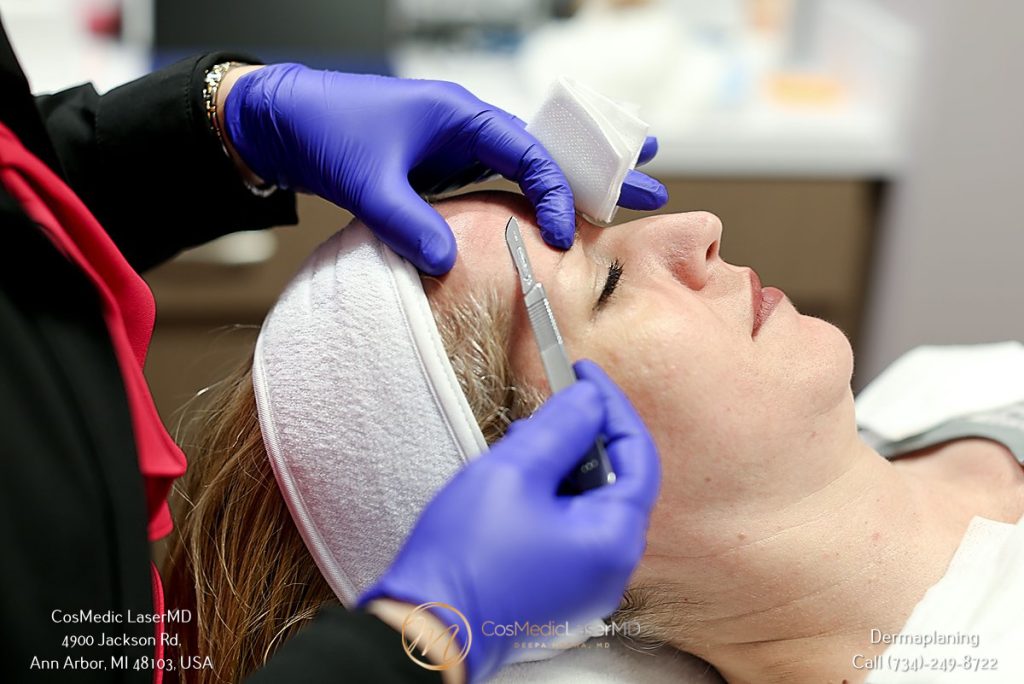
While topical skincare is important, supporting skin health from within can also contribute to a healthy complexion and faster recovery after dermaplaning. Nutritional antioxidants play a crucial role in protecting the skin from damage caused by free radicals. These antioxidants can be obtained through a balanced diet rich in fruits, vegetables, and whole grains.
Conclusion
Dermaplaning can be an effective way to achieve smoother, brighter skin. When combined with retinol, it can offer enhanced anti-aging and skin-renewing benefits. However, it’s crucial to be mindful of the potential risks and take precautions to minimize irritation and sensitivity.
Remember to wait at least 4–48 hours after dermaplaning before using retinol, and consider alternative products if you have sensitive skin. Always prioritize gentle skincare, sun protection, and proper aftercare to support skin health and achieve optimal results.
For personalized advice and to determine the best approach for your skin type and concerns, consult with a dermatologist or skincare professional. They can provide tailored recommendations and help you achieve a healthy, glowing complexion.

